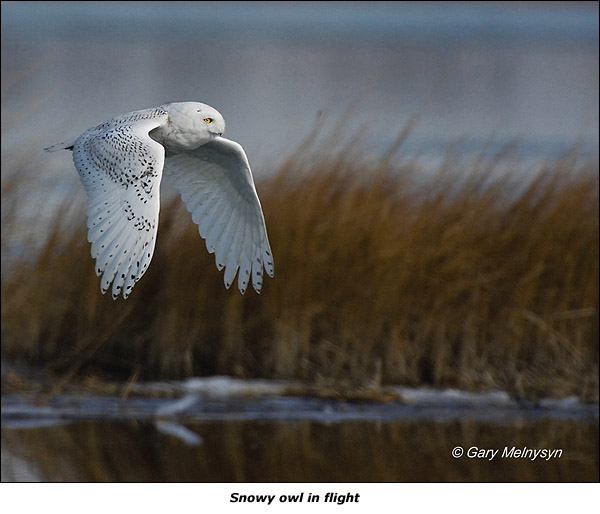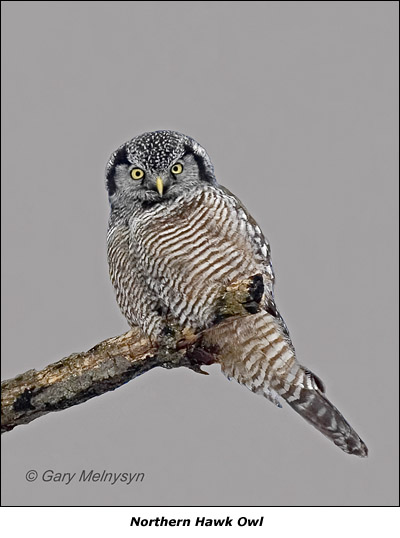Wondrous Wintering Owls of New England |
Winter wildlife photography in New England can sometimes be slow at best. Our bears are asleep, moose tucked away in higher ground, and whales have moved southward. Our usual suspects like red-tailed hawks and various songbirds are here, but if you’re like me, I’m compelled toward more adventurous endeavors and am anxiously waiting early spring so I can head to Montana for emerging grizzly sows and cubs.
This winter was slightly different and has had birders and photographers alike excited about some of our avian friends from the north; namely Snowy, Northern Hawk and Short-eared Owls. Sure we see occasional sightings year to year but this irruption year has brought each of these in greater numbers to our part of the world.

Why this year? Experts say that irruptions occur on a cyclical basis due to lack of food sources in their native habitats. For instance, in the frozen tundra of the far north, small rodents subsist on seeds provided from certain plants. If the growing season is poor for these plants then the result is less seed and subsequently less rodents for the owls diet. Snowy Owls in much greater numbers have been appearing in New England. They generally seek out grassy expanses with abundant voles and mice. They often end up along beachfronts where rat populations can be found living in and around jetties.
What are even more rare are the appearances of Northern Hawk Owls. The only one I’m aware of in New England this winter has been living at the northern most shores of Lake Winnipesaukee in New Hampshire. Their summer home is in the boreal forests of Alaska and northern Canada, while their winter home will, on rare occasions, bring them into the northern United States. These beautiful creatures derive their name from similarities and behaviors to that of the hawk family. Notice the long hawk- like tail feathers, which allow them to hover like some hawk species.
The third species is much more likely to occupy the grasslands, marshes, and agricultural areas of New England year-round but are much more evident and in usually larger numbers during winter months due to some northern visitors showing up. That species is the Short-eared Owl. Like their aforementioned relatives, they feed on small mammals and birds. They are ground-nesters and can often times can be seen resting in small shrubs and trees.

You may ask, “How do we find these awesome birds?” Stay tuned to your state and/or regional birding websites and generally there will be ongoing dialogs as to where some of these rare sightings have occurred. Also, the Audubon Society has rare bird alerts that are sent out via email. All you have to do is sign up. The other option is to seek out areas where owls tend to nest or hunt. A number of simple hikes have stirred up different owl species for me. Others take to calling devices or tape recordings to attract them
Whatever your method, keep the owls best interests at heart by keeping a proper distance and paying attention to any stress signals from the bird.
Comments on NPN bird photography articles? Send them to the editor. NPN members may also log in and leave their comments below.
Gary Melnysyn resides in Connecticut and is mainly a wildlife photographer. His work is featured in Outdoor Photographer Magazine, and he's a frequent contributor to the Connecticut Audubon with images of Connecticut raptors. Gary exhibits his work in local New England galleries and establishments. To see more of his photographs and writing, visit fiddleheadfoto.com.